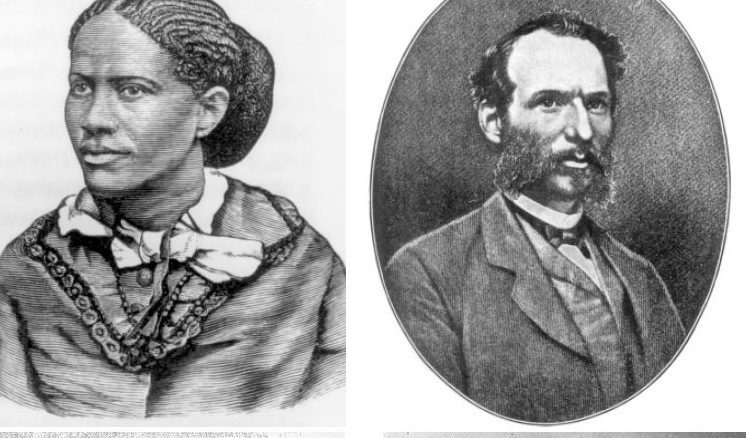I recently used the lesson plan When the Impossible Suddenly Became Possible: A Reconstruction Mixer in my 9th grade Honors U.S. History class. I had previously used the ‘If There Is No Struggle…’: Teaching a People’s History of the Abolition Movement lesson, where I had students take on the role of members of the American Anti-Slavery Society to debate abolitionism in the mid-1800s. My students had enjoyed that activity, and when I found the “Reconstruction Mixer,” I was excited to try it.
For context, this lesson came after a few days of discussion and reading about the Reconstruction Era. Students had built some background knowledge about Reconstruction, the major goals/problems, and the backlash to increased civil rights and freedoms of African Americans. We had looked at examples of Thomas Nast’s political cartoons for perspectives on Reconstruction in the North, and students had done a gallery walk of “Black Codes” passed in Mississippi right after the Civil War.
I felt that this lesson would open their eyes to the myriad possibilities that existed for change during Reconstruction and get beyond the typical, textbook narrative that it had failed due to political compromise, or worse, because of poor governance by “carpetbaggers” and African Americans in the South. I taught the lesson in one day, and I found I needed to do minimal setup for students to take on the role of a historical figure. My students loved the chance to get into “character” and think about what their historical figure had stood for. Once the mixer got started, students naturally took on the roles and partnered up to share their stories and gather information to answer the questions included in the plan. We haven’t studied the Women’s Suffrage Movement or the Labor Movement so it was a great chance for students to start to get background on those issues in a very organic, unscripted way.
I had students reflect on 3 questions after the mixer: (1) Whose story did you find most interesting? Why? (2) What did you learn about the Reconstruction period from this activity? (3) How did you feel about this activity? Some student responses:
The Reconstruction period was the best time to fight for equal rights and establish new laws!
I found Henry Highland Garnet’s story to be the most interesting because he continued fighting for other people’s freedom.
I learned Black people got to have some freedom in the Reconstruction period.
I learned that everyone had different reasons to fight for equal rights, women’s rights, or Black men’s rights, and sometimes these people didn’t all agree.
It was cool! I wish we had more time!
Many different people were taking a chance to change America.
The role-plays, simulations, and general outside-the-box teaching activities offered by Zinn Education, including “When the Impossible Suddenly Became Possible,” give me an opportunity to teach history in a way I wished my high school teachers had embraced. The creators of these lessons clearly understand that students often learn best from EACH OTHER rather than through direct instruction, rote memorization, or textbook reading. With minimal background and setup needed, this lesson was a powerful addition to my unit on Reconstruction.







Twitter
Google plus
LinkedIn